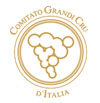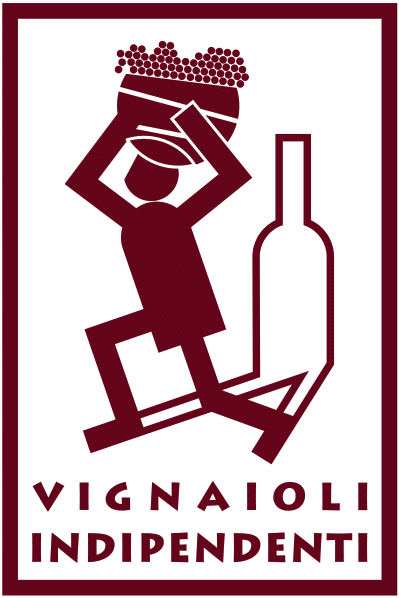In the cellar that strange upside down bottle
Not a day passes in which one of our visitors, curious to know what that strange glass object on top of our fermenting tanks and casks is, asks for an explanation. It is a closure which keeps the cask full and consequently prevents air to enter and expose the wine to damaging oxygen.
Composed entirely of glass, the object consists of two parts: the lower one is in contact with the wine below and communicates with the upper part through a ring-shpaed chamber, the second, above, is open to allow water to be poured in and is sealed with a closure which resembles and upside-down water glass, The device is inserted either in the opening on top of a tank or in the bunghole of the cask
Its first function is that of allowing the tank to be filled without opening it up and exposing the wine to oxygen. By observing the upper part, the transparence of the glass shows whether the wine has risen or if the level is descending, accordingly whether wine needs to be either added or run off. Wine is a substance which is alive, it tends to either increase or diminish in volume due to climatic or external influences, it grows in volume during the phase of the full moon and, viceversa, it descends during the phase of the waning moon. The other function is that of “bubbling”, i.e. of letting either gas or liquid to exit from the tank or cask without letting air enter.
There are varying hypotheses concerning the invention of the object; recent theories suggest it goes all the way back to Leonardo da Vinci but there are no documents which might confirm it. But is it possible to read authoritative texts, cited by that great oenologist Giacomo Tachis in his La vite e il vino dalle origini ai nostri giorni (The Vine and Wine from its Origins to Our Days) that we owe to the 19th century the invention of many important cellar instruments in the field of oenology. One is the grape crusher with rotating cylinders, invented by Doctor Romeni, and this crystal air lock invented by Monsignor Arcangeli.



